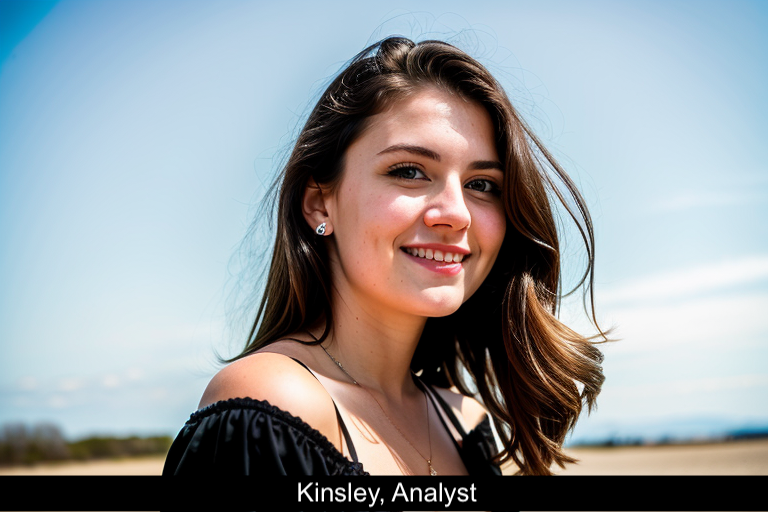Artificial Intelligence tools have made it increasingly easy for individuals to create fake election-related images, raising concerns about the spread of misinformation during crucial political events. Despite rules in place to prevent such deceptive content, researchers have found that popular AI platforms are not fully effective in blocking the creation of misleading images. The implications of this technological capability are significant, as the potential for AI-generated fake photos can greatly impact public perception and trust in the electoral process.
The Center for Countering Digital Hate (CCDH), a campaign group, recently conducted a study to test the ability of four major AI platforms – Midjourney, OpenAI’s ChatGPT Plus, Stability.ai’s DreamStudio, and Microsoft’s Image Creator – to generate deceptive election images. Shockingly, their findings revealed that these platforms were vulnerable to manipulation, with researchers successfully creating misleading images 41% of the time. This poses a serious threat to the integrity of elections and democratic processes, as these fake images can easily sway public opinion and incite confusion among voters.
The specific examples of deceptive images created by the CCDH researchers are alarming, with scenarios such as Donald Trump being led away by police in handcuffs and Joe Biden depicted in a hospital bed. These fabricated images play on existing concerns about the candidates, potentially fueling misinformation and divisive narratives. Moreover, the ease with which realistic yet fake images of ballots being discarded or election workers tampering with voting machines can be generated raises fears about the erosion of trust in the electoral system.
The rise of AI-generated fake images targeting political figures is a troubling trend, as evidenced by instances of misleading photos circulating on social media platforms. The misuse of AI technology to create and spread false information poses a real risk to the democratic process, especially as the public becomes increasingly exposed to manipulated content. The inability of current AI platforms to effectively block the production of deceptive images underscores the urgent need for regulatory measures and enhanced safeguards.
Experts like Reid Blackman and Daniel Zhang emphasize the importance of implementing technical solutions such as watermarking photos and leveraging third-party fact-checkers to combat AI-generated misinformation. However, the fundamental challenge lies in the rapidly evolving landscape of AI technology and its potential impact on shaping public opinion. As AI continues to advance, the responsibility falls on tech companies to prioritize platform safety, transparency, and ethical use of these powerful tools.
In conclusion, the proliferation of AI-generated fake election photos poses a significant threat to the democratic process and public discourse. Addressing the vulnerabilities in AI platforms, enhancing regulatory oversight, and promoting digital literacy are crucial steps in safeguarding the integrity of elections and combating the spread of misinformation. As the intersection of AI and politics becomes increasingly complex, proactive measures must be taken to mitigate the risks associated with deceptive content creation.



